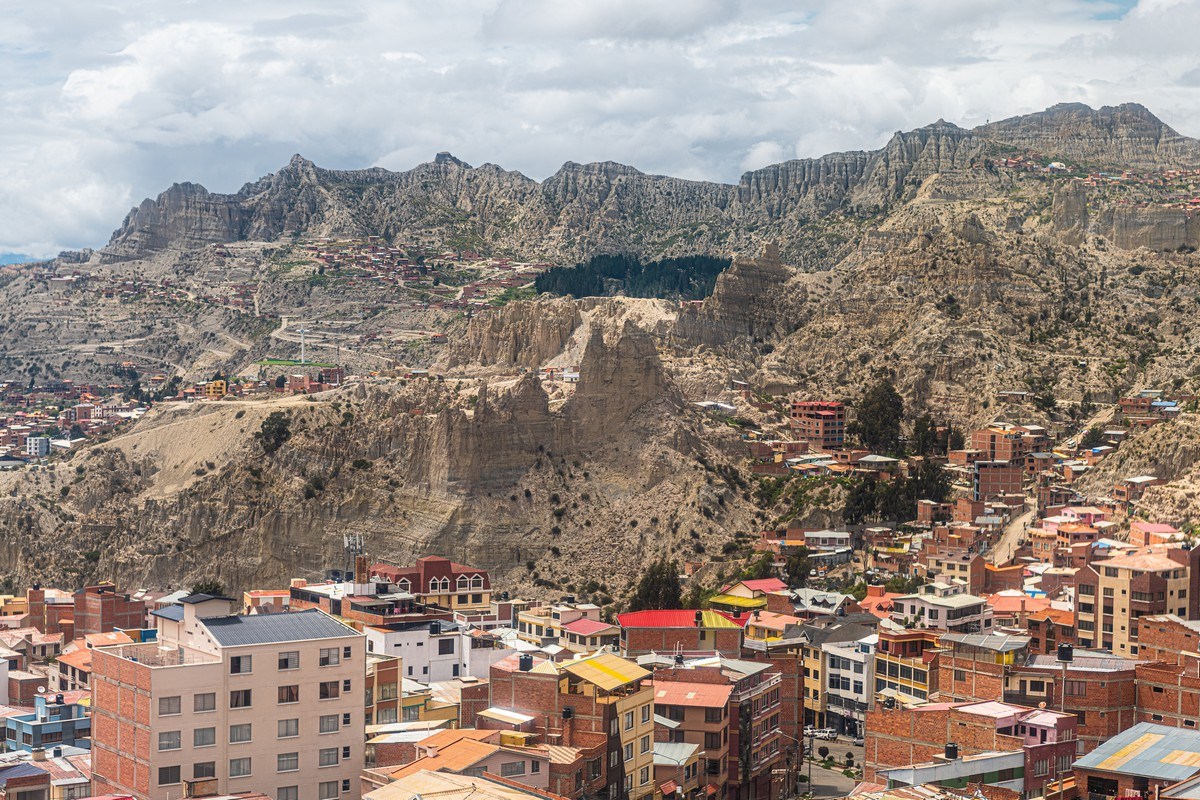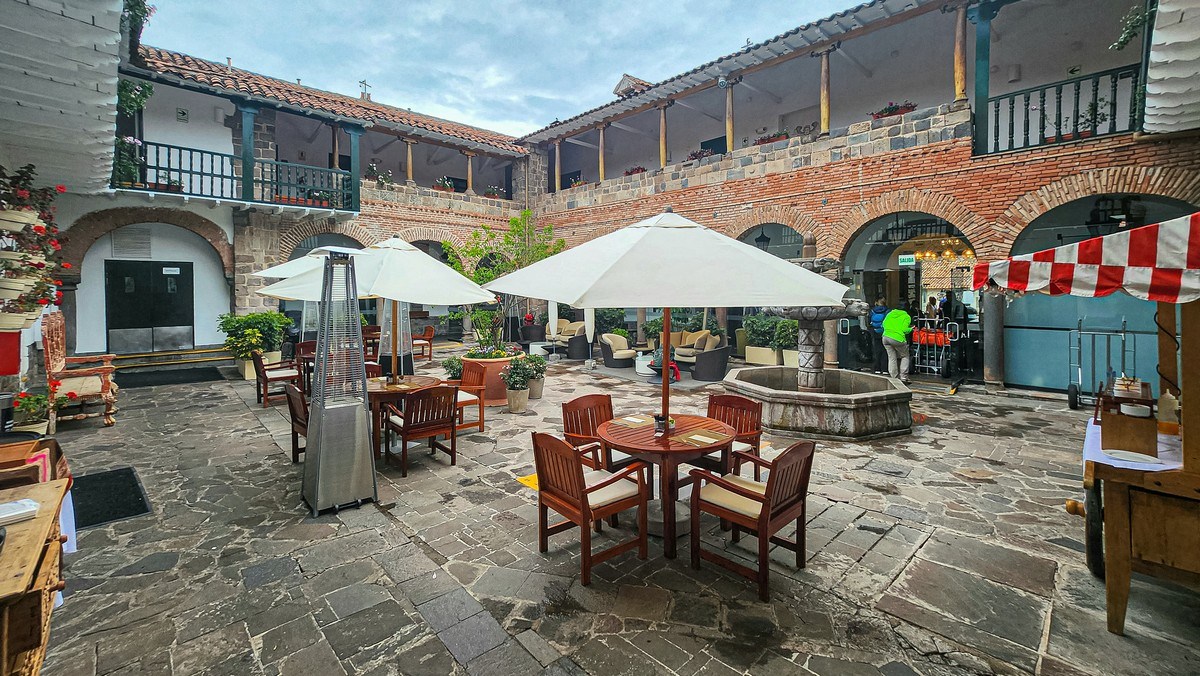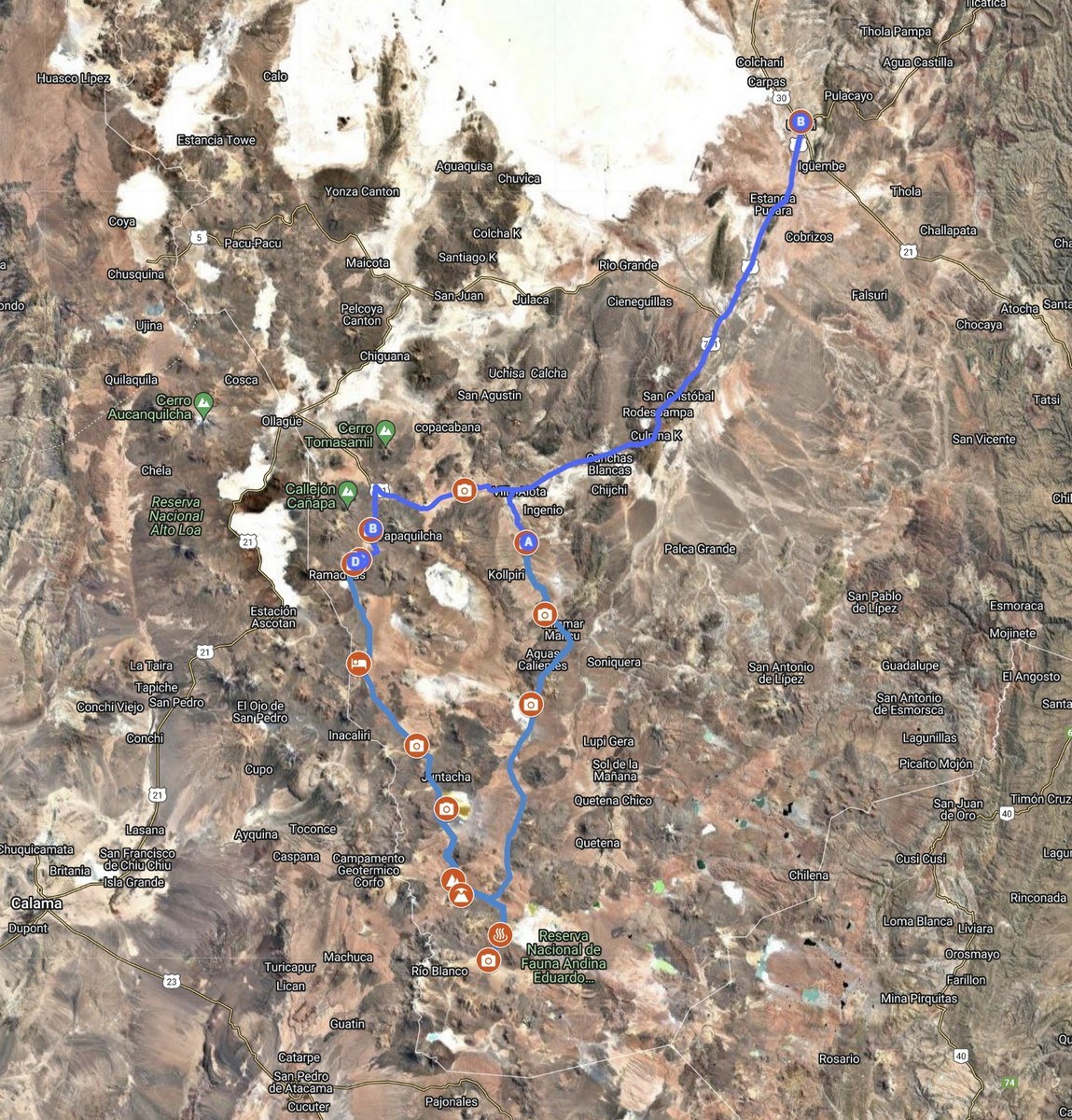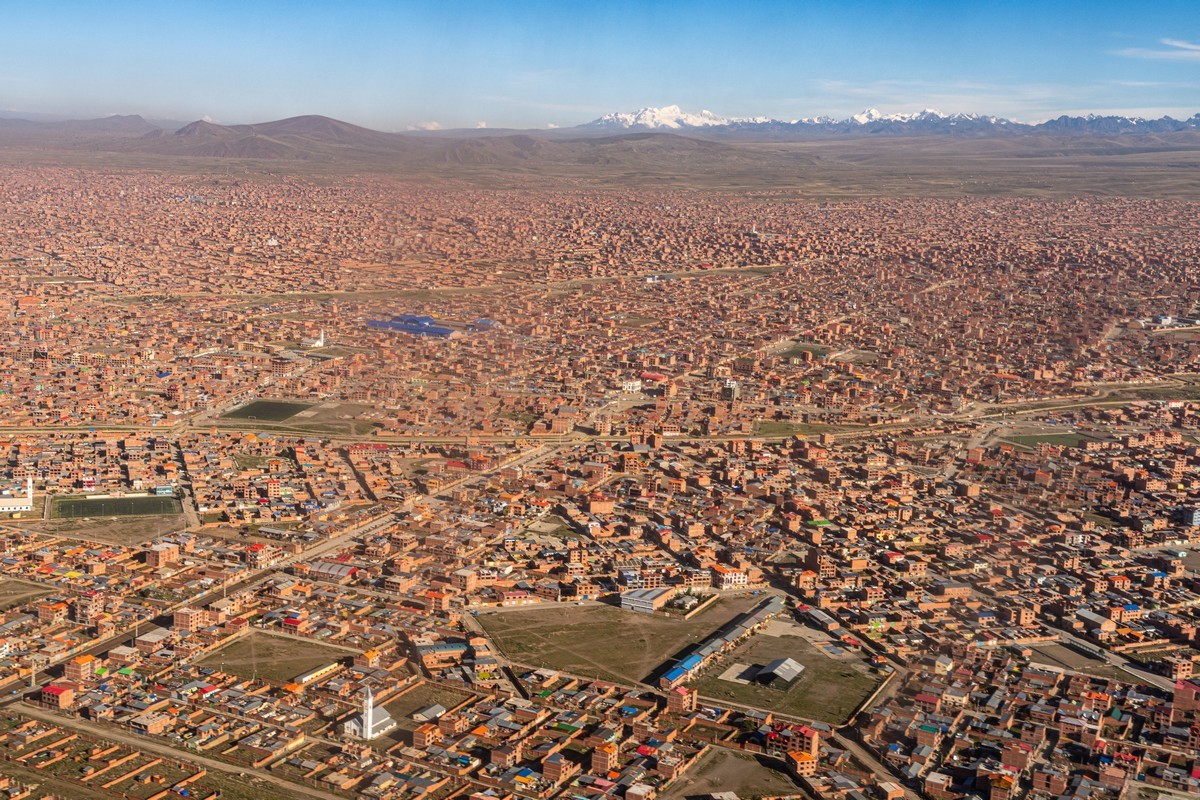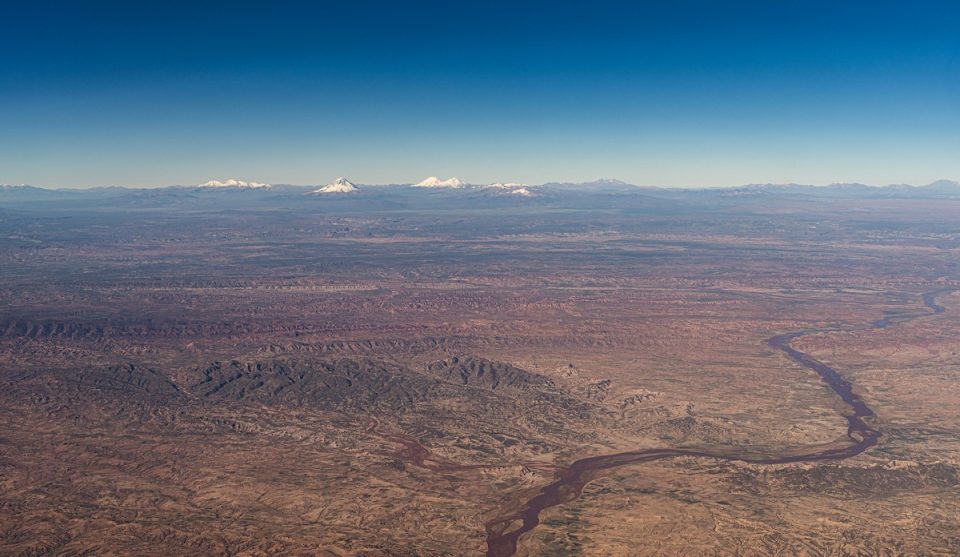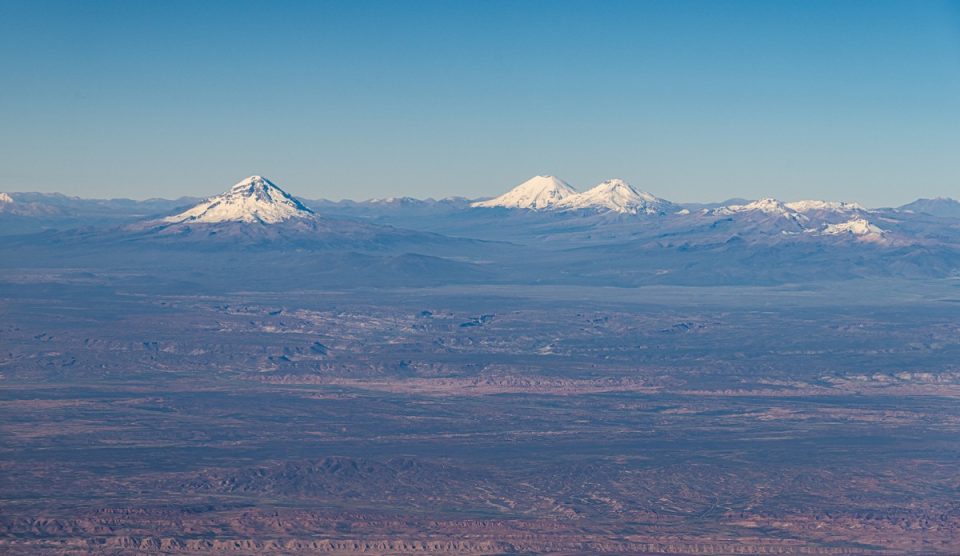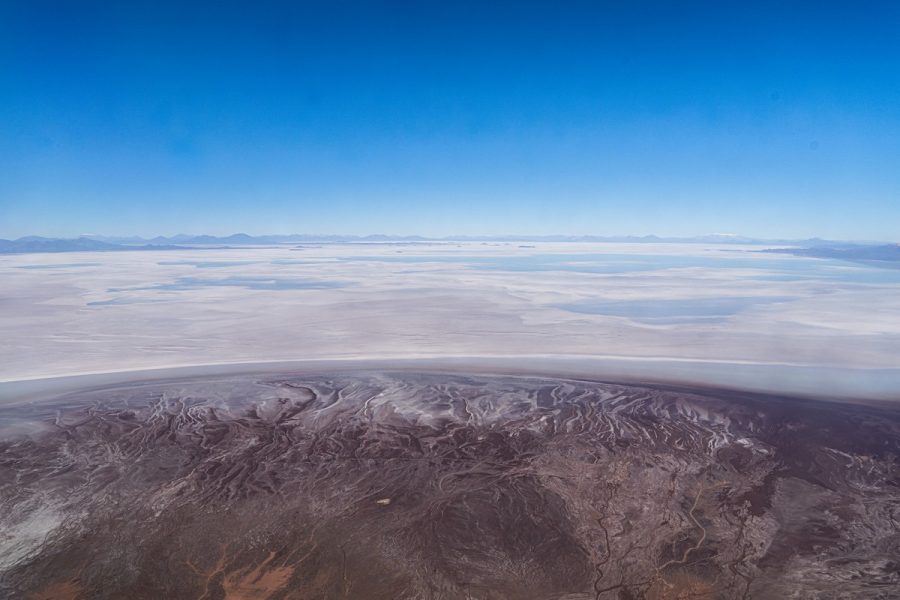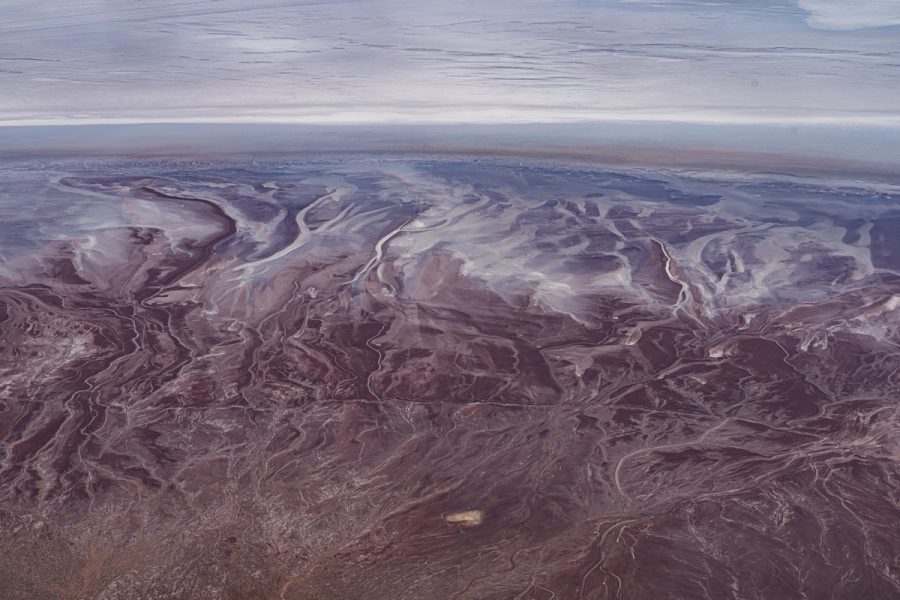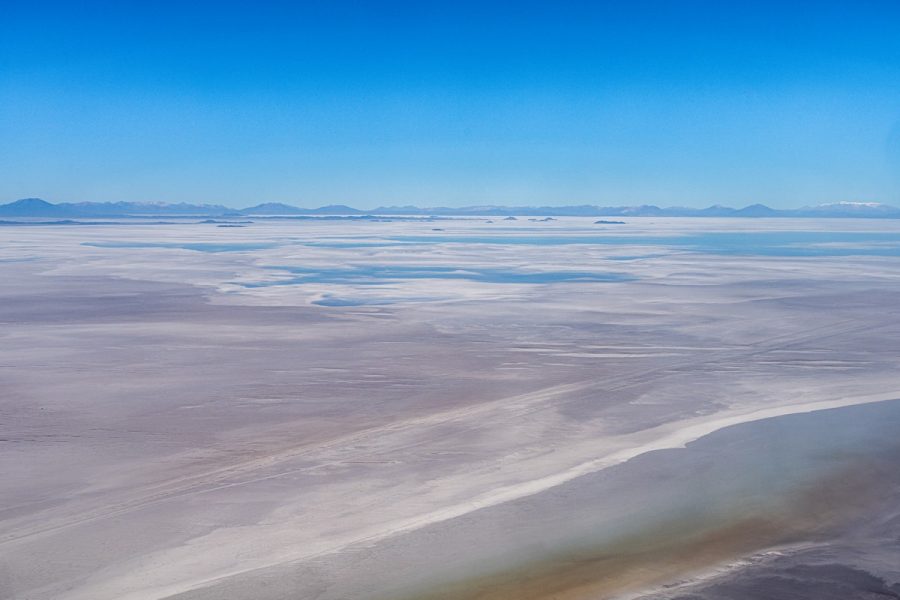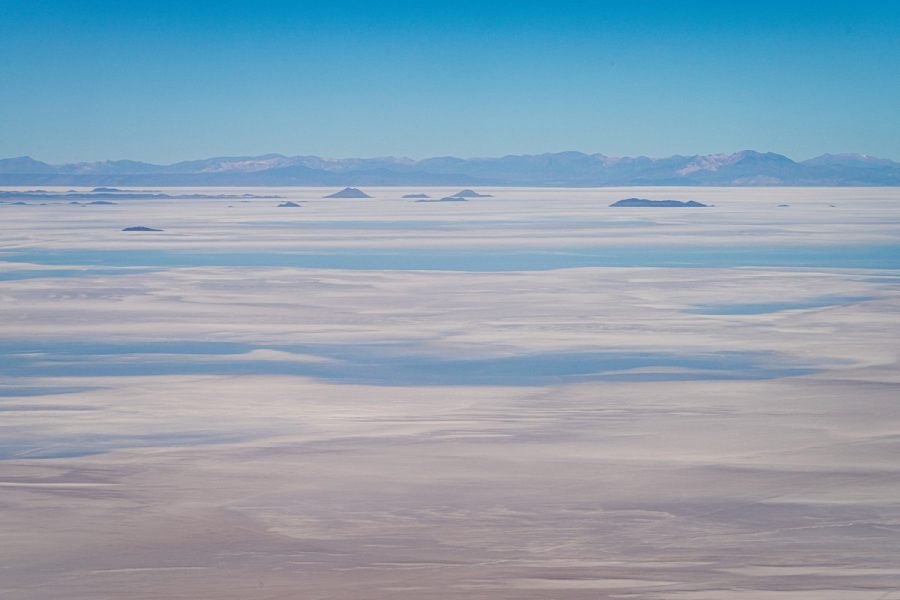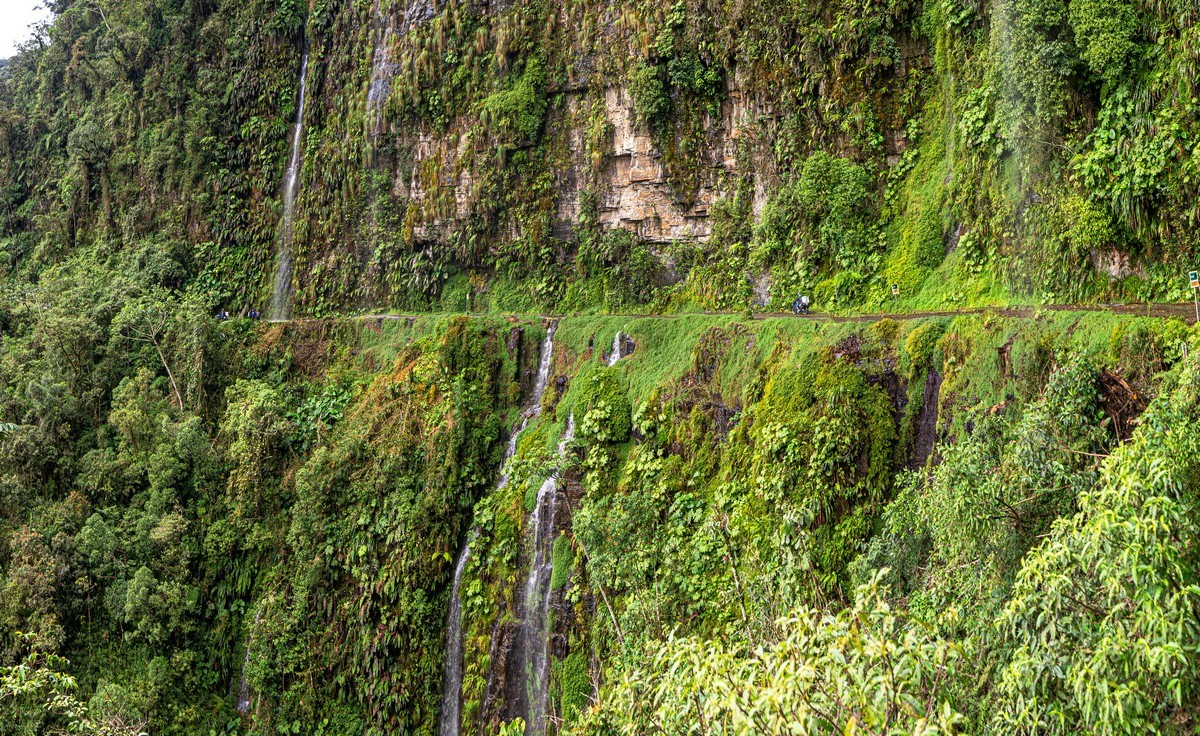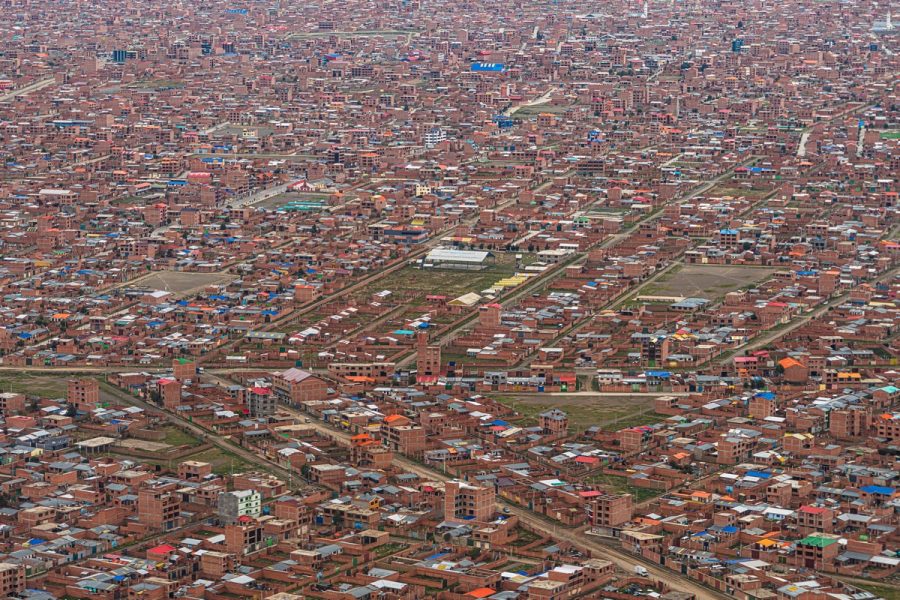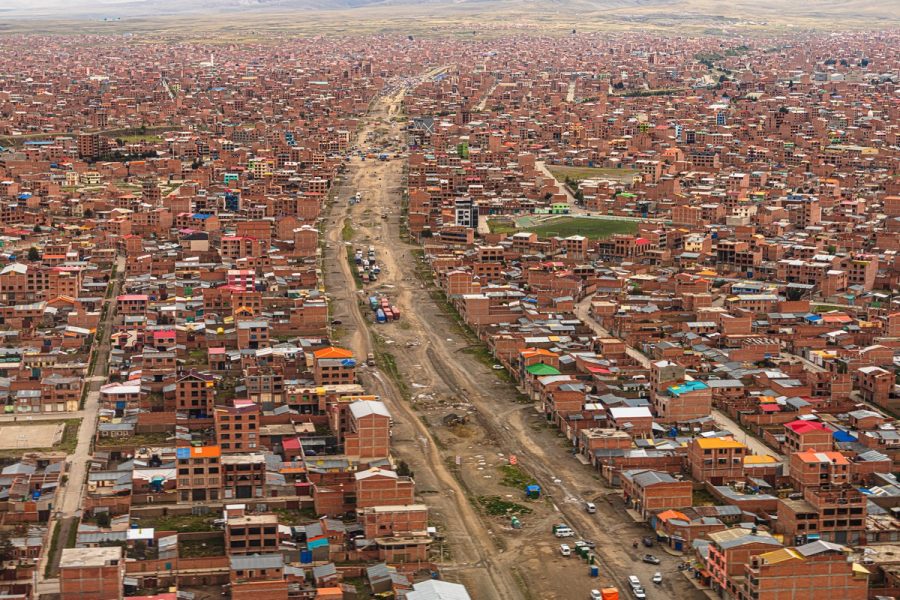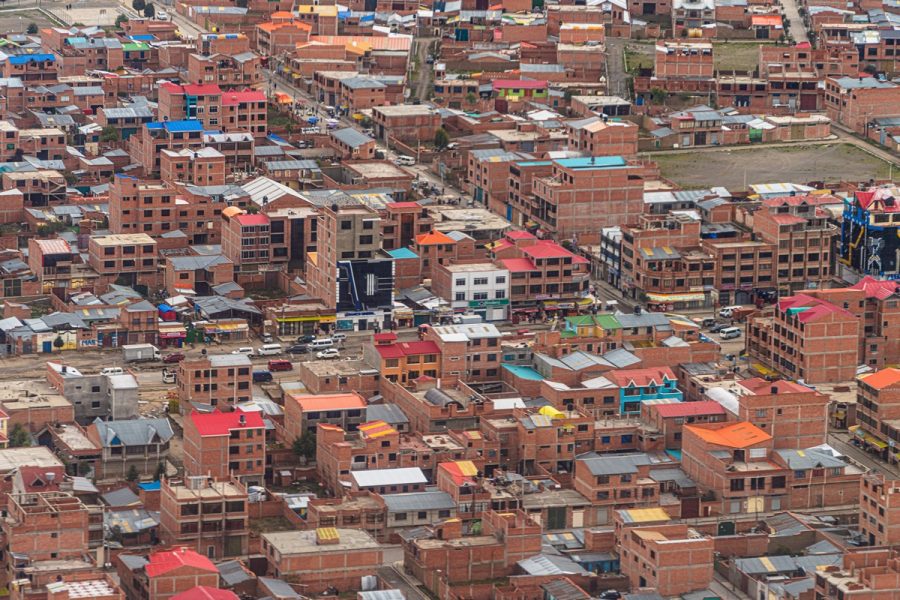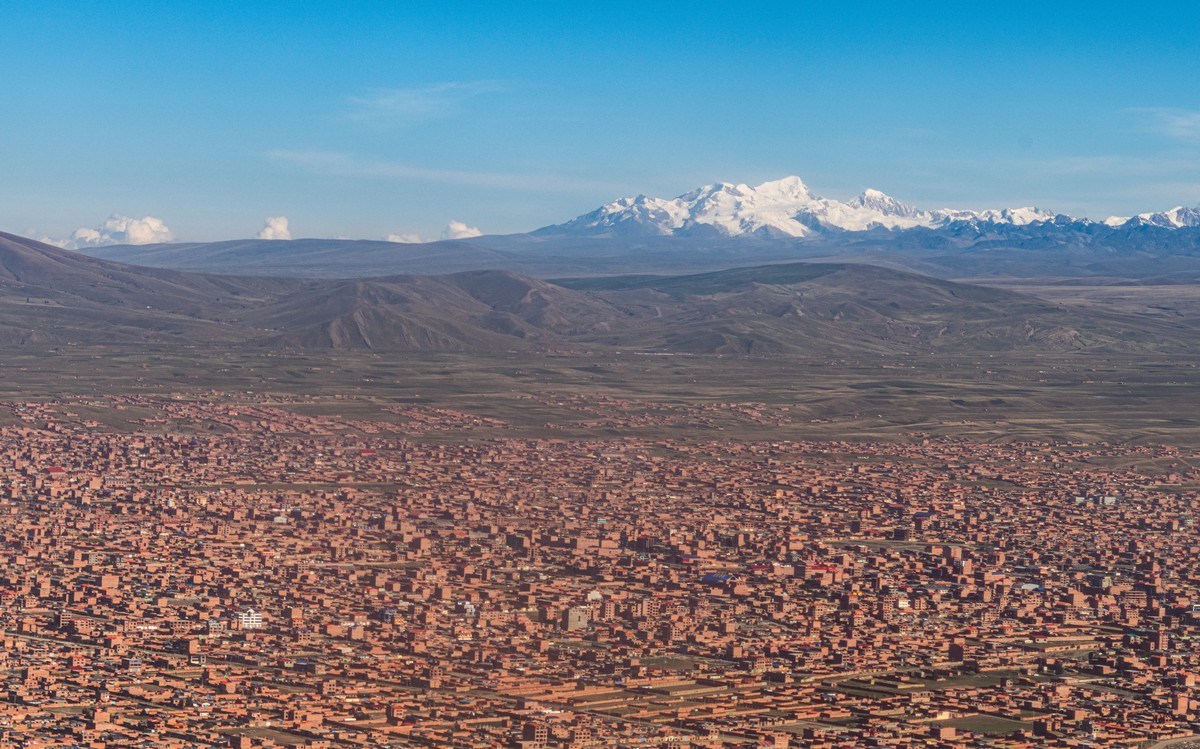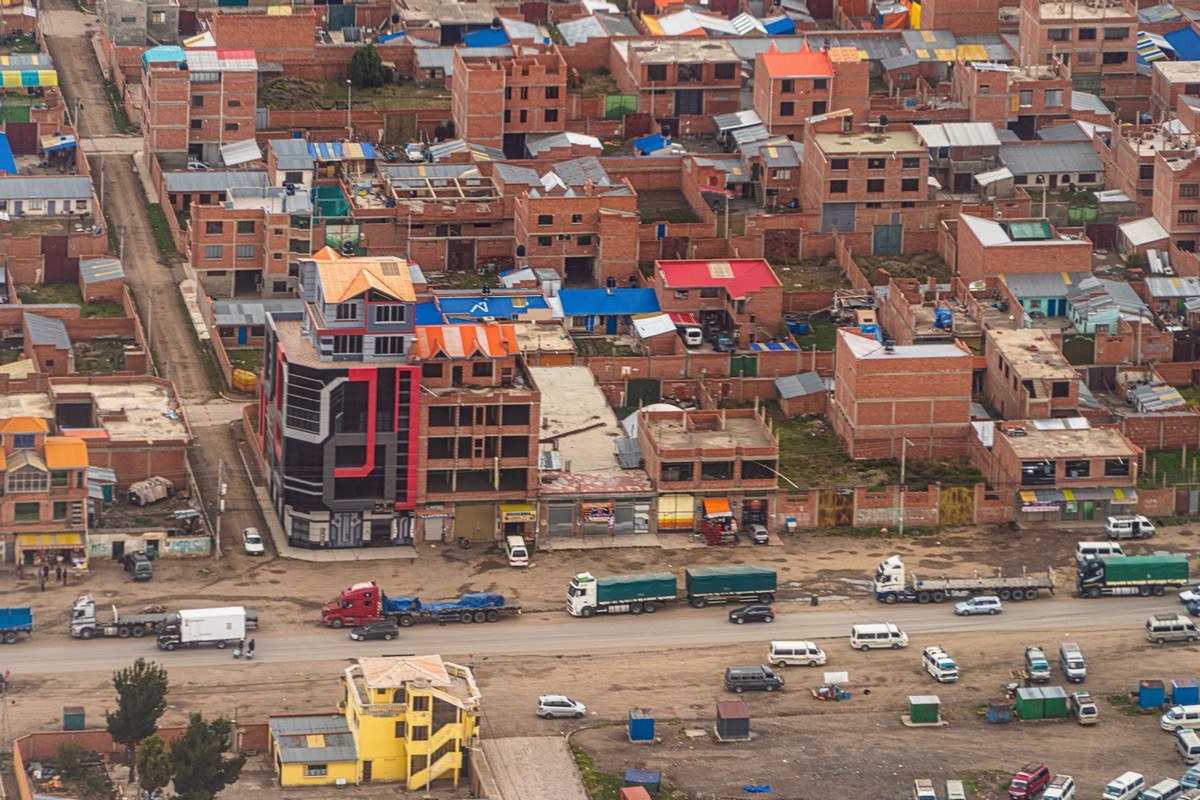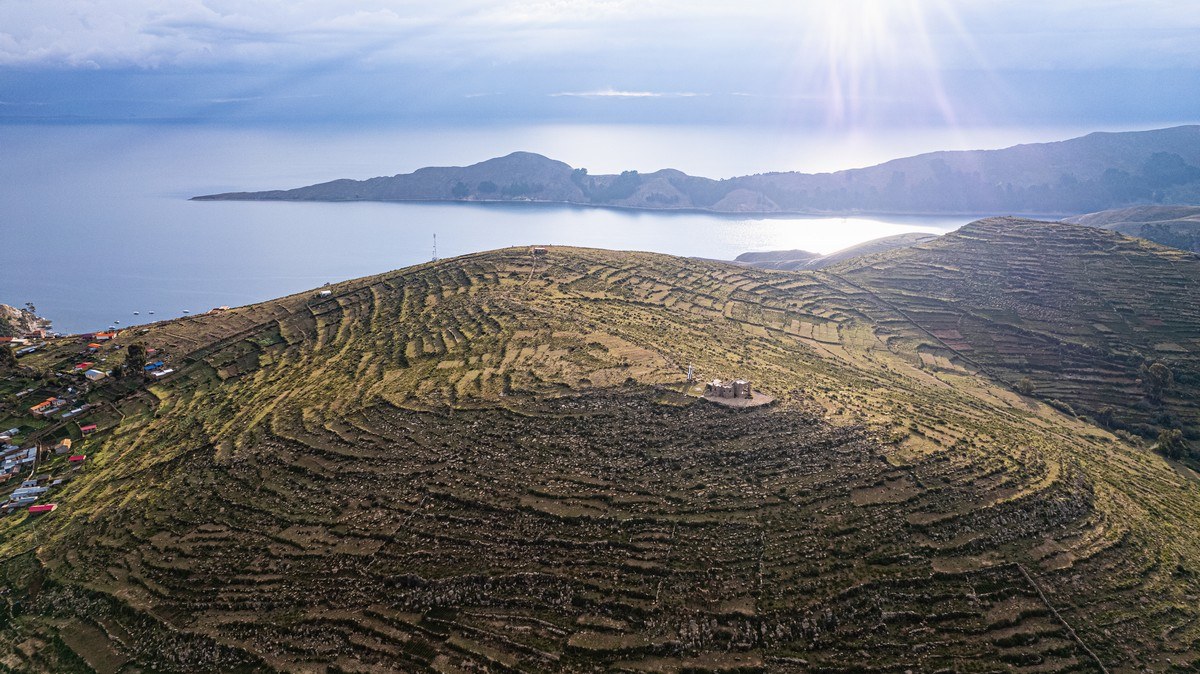So how do you go about planning and preparing for complex vacation on the other side of the world, with a complex route for getting there, and then a complex itinerary once in situ?…
And I don’t mean the simple “jump in a taxi, train or plane, and travel where you’re going and figure it out on the fly, whether it’s St. Pete, Sochi, Yalta, or maybe Monaco, Venice, Barcelona, Miami or LA (or wherever else, depending on where you live)”. No, not like that. What does it take to plan a more sophisticated travel itinerary?…
Now, I’m not claiming to be an expert, but here’s roughly how it works for me:
- Pick: the places we’re going to visit; what we’re planning to see, admire, and snap; plus any extra side-dish (or totally random) activities to be partaken in.
- Find someone to organize it all, because let’s be honest – we hardly know anything about these places besides their names. This is where the travel route gets mapped out. Usually it’s a mix of advice from those in the know, local contacts, and a travel agency (sometimes more than one).
- Figure out how to get there and back – which isn’t always straightforward or optimal.
- Set the budget for the whole thing. And prepare to disappoint those involved in Step 5… ->
- Recruit a few other similarly crazy individuals (or just folks who’ve no clue what kind of hardships and misadventures await) so the trip doesn’t get too boring and lonely.
And that’s it! Then we just go…
So, where to this time? Drum roll……………………….. crash cymbal! -> to Peru and Bolivia! Hooray!
And what’s on the itinerary?…
First off, the Nazca Lines:
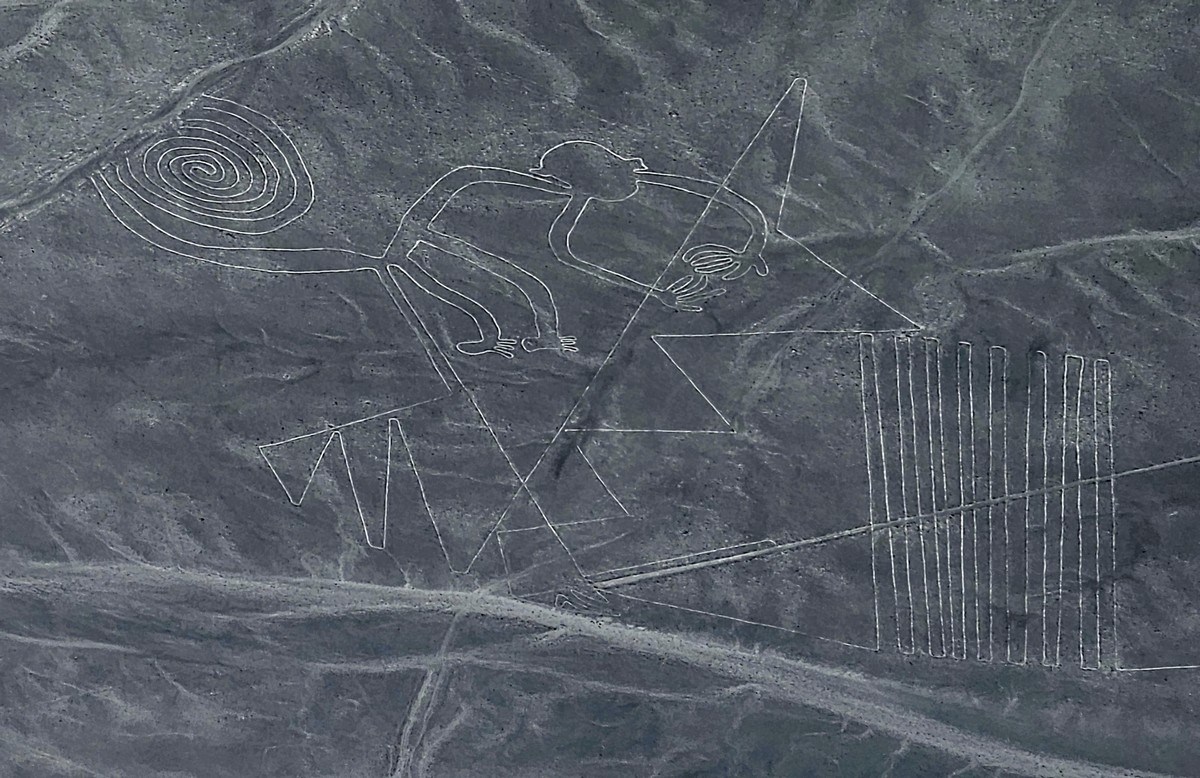
Read on…
